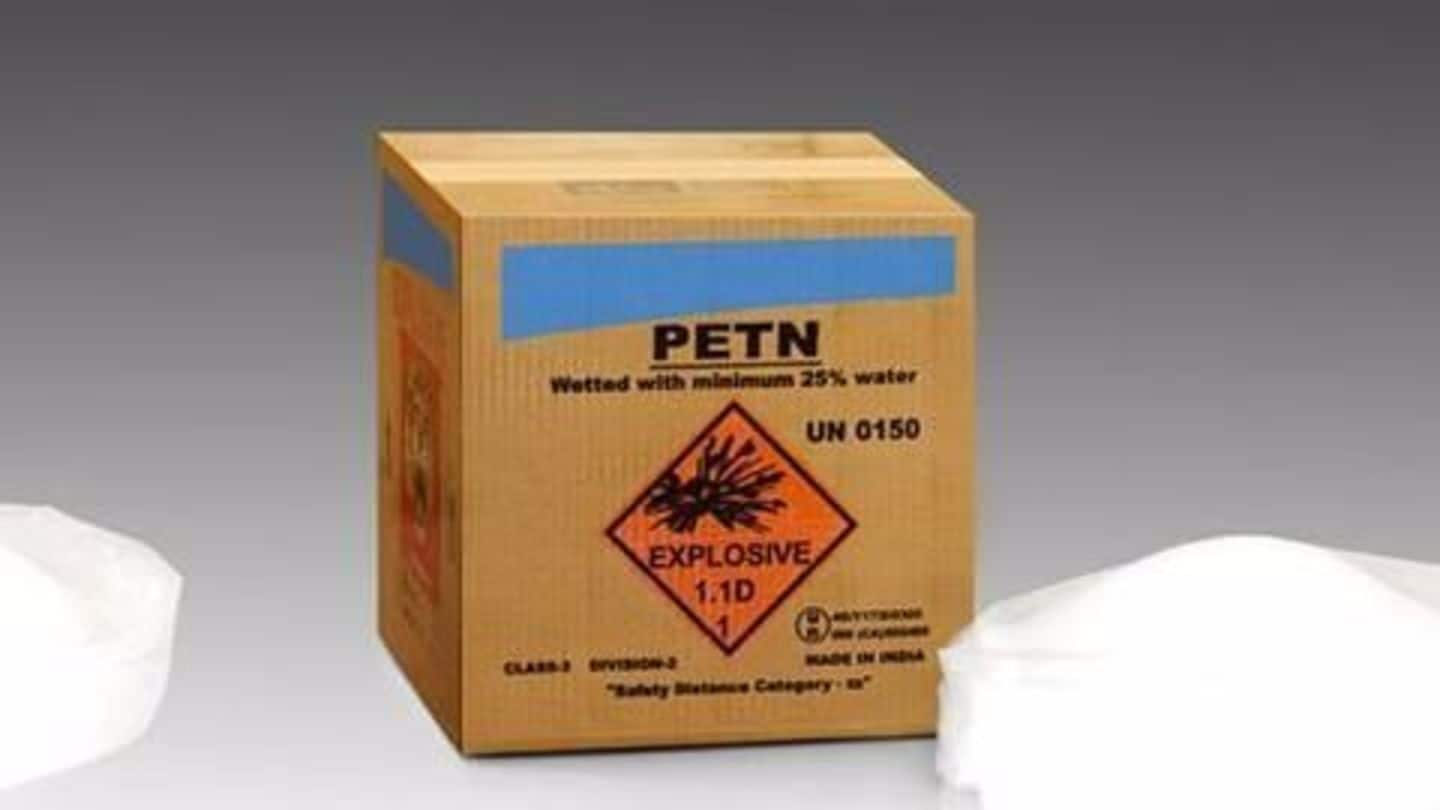
Know all about PETN, deadly explosive found in UP Assembly!
What's the story
PETN or Pentaerythritol tetranitrate, is a lethal plastic explosive belonging to the same chemical family as nitroglycerin and nitrocellulose. PETN's origin was in Germany. It was first prepared and patented in 1894 by the explosives manufacturer Rheinisch-Westfalische Sprengstoff. It was introduced as a commercial explosive after World War I.
14 Jul 2017
PETN explosive found in UP assembly, Yogi demands NIA probe
A deadly explosive named PETN was found by the security personnel during an ongoing session in the UP State Assembly on July 12. UP CM Yogi Adityanath confirmed the same and pressed for more vigilance. The explosive is a potent weapon of destruction and is generally used by terrorists. Here, let us know a bit more about this deadly PETN explosive.
Operation
PETN: How is it used?
Apparently, the explosive does not go on it own. It needs a secondary detonating mechanism to produce a shockwave, which in turn would detonate it. Reportedly, PETN mostly relies on plastic cap to set it off. Mixed with the extremely powerful compound RDX in an appropriate solvent, PETN forms a plastic explosive mixture known as Semtex.
Detection
Can PETN be detected?
It is believed that it is difficult to detect this deadly plastic explosive. Lately, some airport security officials are employing additional methods that "sniffs" passengers as reported by The Guardian. Apparently, some airports also analyze clothing and personal belongings of passengers, in order to trace the small residue of explosives.
Cases
Where has the versatile weapon been used so far?
PETN was used in 1983 for the attack in Maison de France, the French cultural center in Berlin. In a failed attack on a Northwest Airlines flight to Detroit in 2009, Umar Farouk Abdulmutallab tried to set off PETN explosive hidden in his underpants. Abdullah Hassan Al-Asiri tried to assassinate Saudi's deputy interior minister with a PETN hidden inside his body in 2010.